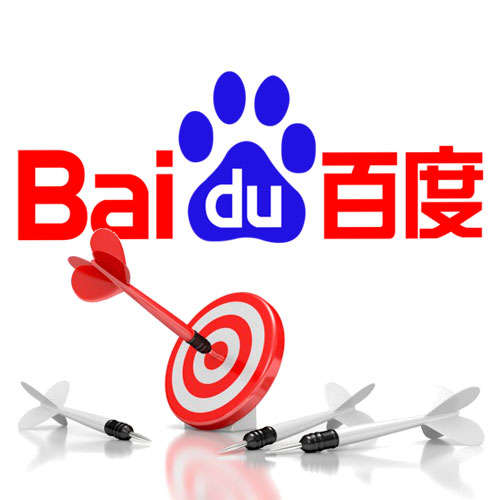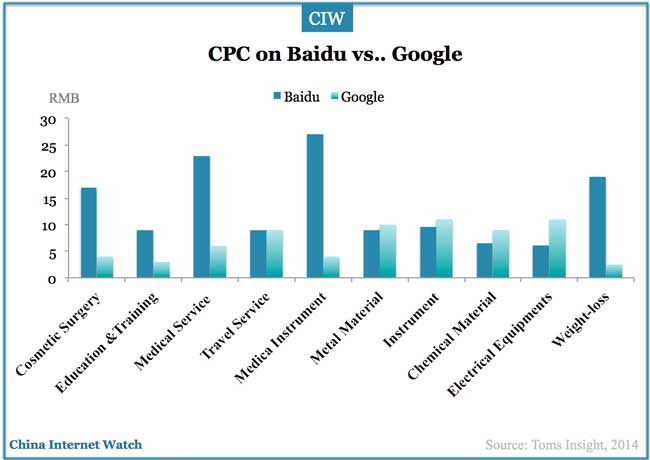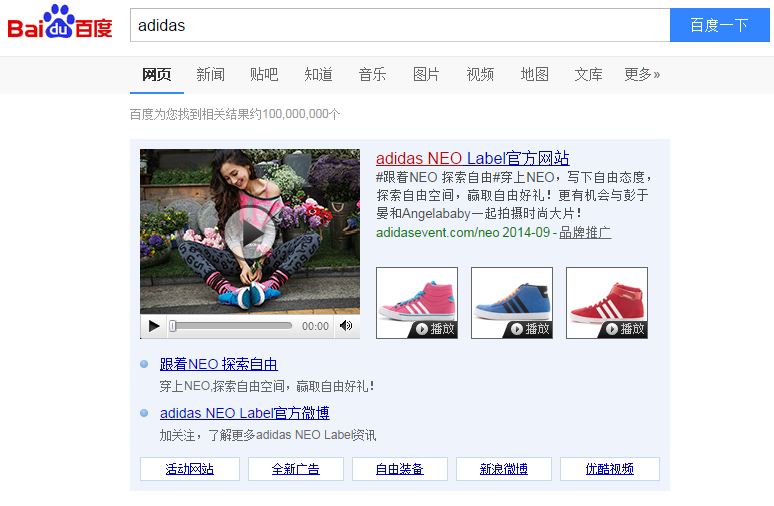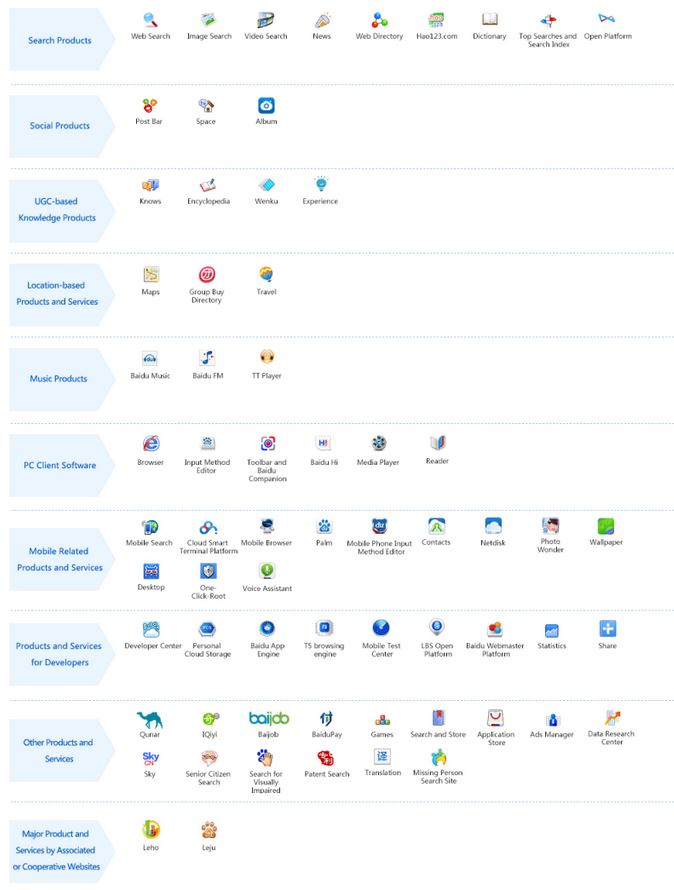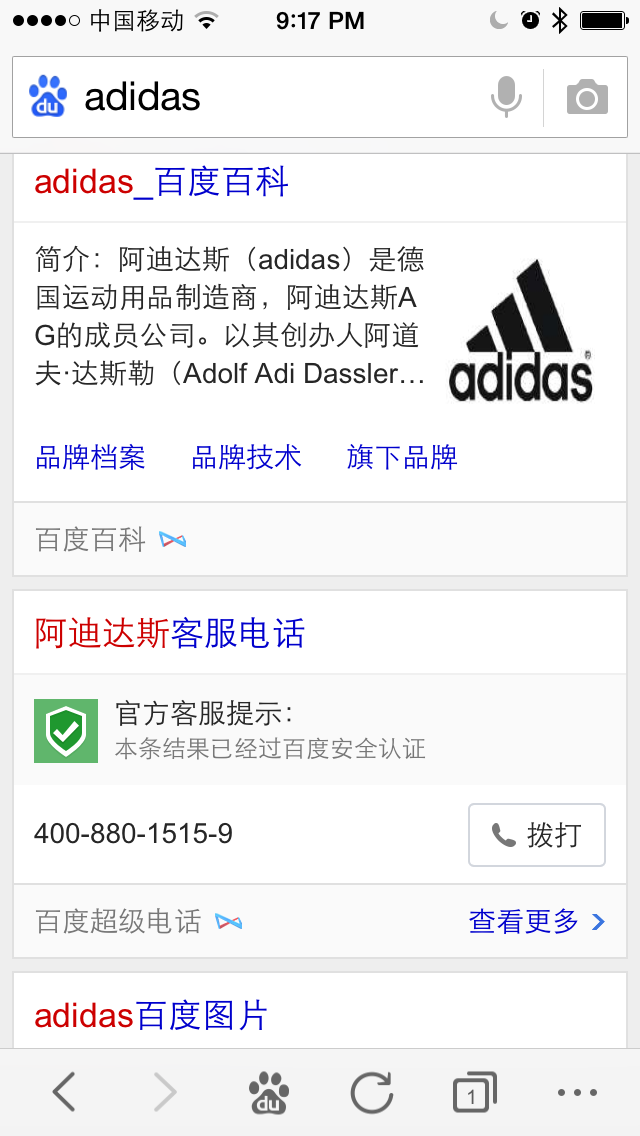The explosive growth of the internet in China in the last few years has offered an unprecedented opportunity to Western companies looking to market their brands and products directly to the Chinese.
On the other hand, due to a number reasons, the familiar digital marketing tools, which are mainly run by Google in the Western markets, are not available in China. Google search engine market share in China has fallen below 1% this year and all the Google services, such as Google docs, Google maps, Google analytics etc., have also become blocked from access. This fact alone is making life quite difficult not only for marketers but for regular citizens and businesses.
Luckily, there is a an alternative and it is Baidu, the largest Chinese search engine with about 60% market share. In many respects, Baidu is totally identical to Google in terms of advertising options and marketing tools it offers, although almost all of those tools are entirely in Chinese. Here I’m going to review the main marketing options on Baidu from a familiar “Google perspective”. There are 4 basic types of advertising on Baidu:
- Pay Per Click (PPC) or sponsored ads;
- Baidu Brand Zone;
- Baidu Union or display network;
- Baidu Mobile;
Baidu PPC
Sponsored ads are purchased on keyword bidding basis, just like with Google Adwords. Due to government requirements, opening Baidu Adwords account is a bit more complex than on Google where anyone can do it for free. Baidu requires a business license and, in case of a foreign company, a deposit that can be used towards the bids. Baidu also appoints regional agents in China, so depending on a company registered location, a specific authorized agent for that region must be used to setup PPC account. Fees may differ depending on an agent and a location: from zero to several thousand RMB. The account setup takes about one week (if all the documents are in order and are properly translated by an authorized Baidu translator).
From that point you can manage your account through the back-end admin panel which is similar to Google Adwords but with less options, a lot messier and entirely in Chinese.
Sponsored ads would typically appear at the top and at the bottom of the page as well as on the right, while organic search results are shown in the middle. However, it is sometimes hard to tell which are what, especially if viewed on a mobile device. According to China Internet Watch, Baidu PPC prices are higher than Google’s across almost all sectors. Here is the comparison of CPC between Baidu and Google (compiled by CIW):
Baidu Brand Zone
Baidu Brand Zone is a special place on the top of search results that features a specific brand that was searched for. It is a sort of a mini web page that can show basic information about the company or its brand, often with videos and latest offers. Here is an example for Adidas:
Typically, setting up a brand zone is recommended for brands who are already known in China and are looking to reinforce their presence. Having a Brand Zone will also make sure that people who are searching for that brand will have a better chance to be directed to a legitimate official site that represents it.
Baidu Union or Display Network
Taking advantage of Baidu Display Network allows your ad to be displayed across other Baidu online properties that range from various search products to music players or desktop applications. Similar to Google, Baidu uses complex algorithms to determine where and how your ad is shown, based on the profile of your target audience such as location, demographics or browsing history.
Of course, in order to be displayed, your ad should outbid the competitors for the same keyword and key phrase and have higher relevancy ranking. These are the current Baidu online properties that are part of Baidu Union:
The ads can be displayed in variety of ways: as static banners, text links, rich media, videos as well as floating ads – a very popular type of ads across Chinese internet.
Floating ads are typically shown on the sides of a page and always stay in the view, even when the page the scrolled down. While floating ads are rarely seen on Western sites, in China they are extremely popular and are considered to be highly effective.
Another part of Baidu display network, which is also called Wangmeng, consists of over 600,000 partner sites that cover all types of sectors and areas of interest. The way it works is quite similar to Google AdSense which has over 2 million participating sites, although majority are non-Chinese one. This makes Wangmeng network to be preferable to Google AdSense for the purposes of advertising in China.
Baidu Mobile
Thanks to wider popularity and availability of cheaper Android handsets and introduction of 4G mobile infrastructure, Baidu ads on mobile is a rapidly growing business. In fact, during the 1st quarter of 2014, Baidu had 160 million daily active users from mobile search, up from 130 million users two quarters ago.
Mobile ads are displayed in a similar way as on a desktop with sponsored ads on the top followed by organic results. However, because of the smaller screen of a phone, sponsored ads are shown only at the top.
In addition, if there is a listed phone number shown in the search results, clicking it would automatically dial that number.
Mobile ads have a great potential to target users at a specific location and can take advantage of geo-fencing and push notifications.
Most recently, Baidu announced a $10m investment in a Finnish mapping company whose technology uses the Earth’s magnetic field to map the insides of buildings precisely. Incorporating such technology with its apps could potentially allow Baidu to push ads to users in shopping malls who just happen to be near a specific store.
Considering that Baidu already knows from the browsing and search history about what such user could be looking for, combining such data with the recently released BaiduEye, a version of a Google Glass, the possibilities are endless…

